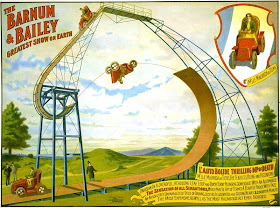———————————————————————————————————
A peapod boat sails away from a land made of bread and potatoes, over a sea of salmon
Picture: CARL WARNER
——————————————————————————————————-
| |
Coralscape: an underwater scene with coral made of broccoli, tropical fish made of various fruits and vegetables, and a pineapple island
Picture: CARL WARNER
——————————————————————————————————-
Autumn Flakes: an autumnal landscape made enirely out of breakfast cereals
Picture: CARL WARNER
———————————————————————————————————————
Bread and cheese: an edible landscape
Picture: CARL WARNER
—————————————————————————————————————-
Parmesan cliffs with sweet potato boulders and cress and savoy cabbage foliage under a red cabbage sky
Picture: CARL WARNER
————————————————————————————————————————
He spends a lot of time staring at vegetables in supermarkets, which can make him seem a little odd. However, finding the right shaped broccoli to use for a tree is an all-important task
Picture: CARL WARNER
—————————————————————————————————————-
Fishscape: with rocks made of oyster shells and crab claws, boats made of marrows and asparagus, and a shining, slivery, slippery sea of fish
Picture: CARL WARNER
————————————————————————————————————————
A landscape pr0duced for Sacla
Picture: CARL WARNER
—————————————————————————————————————————–
Garlicshire: a village for lovers of garlic and cabbage
Picture: CARL WARNER






































